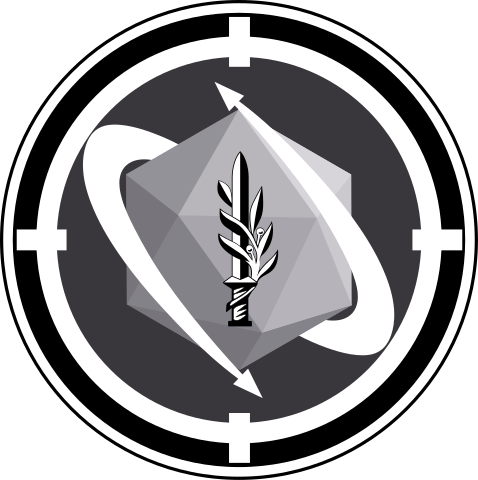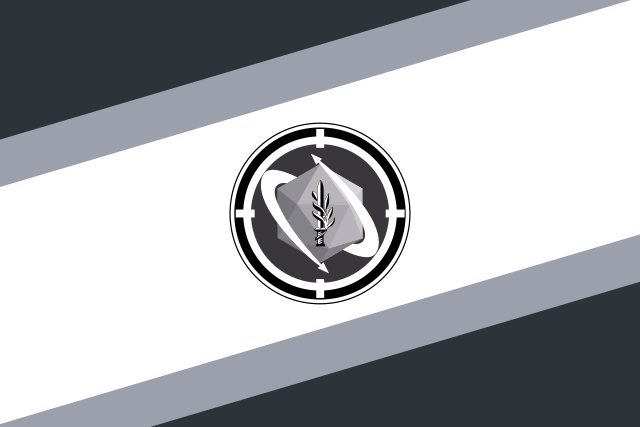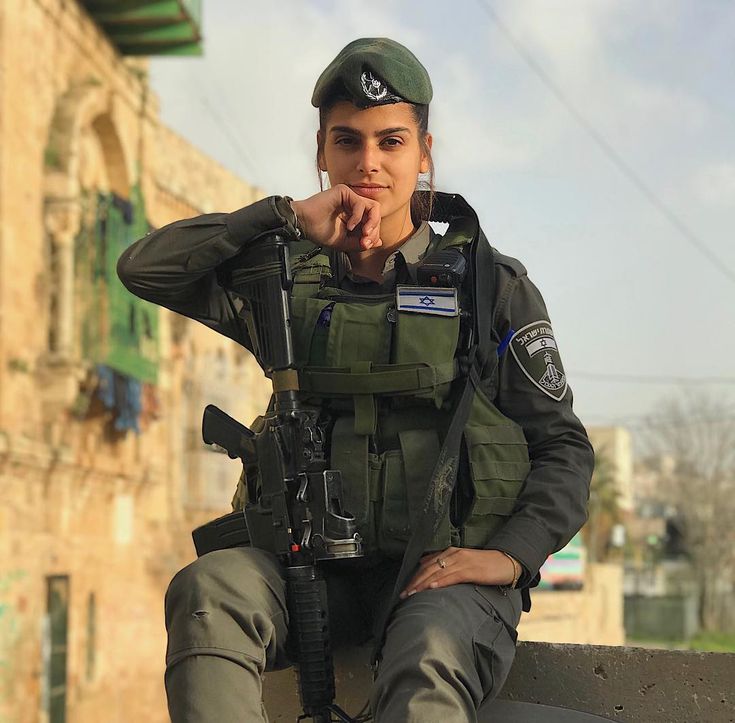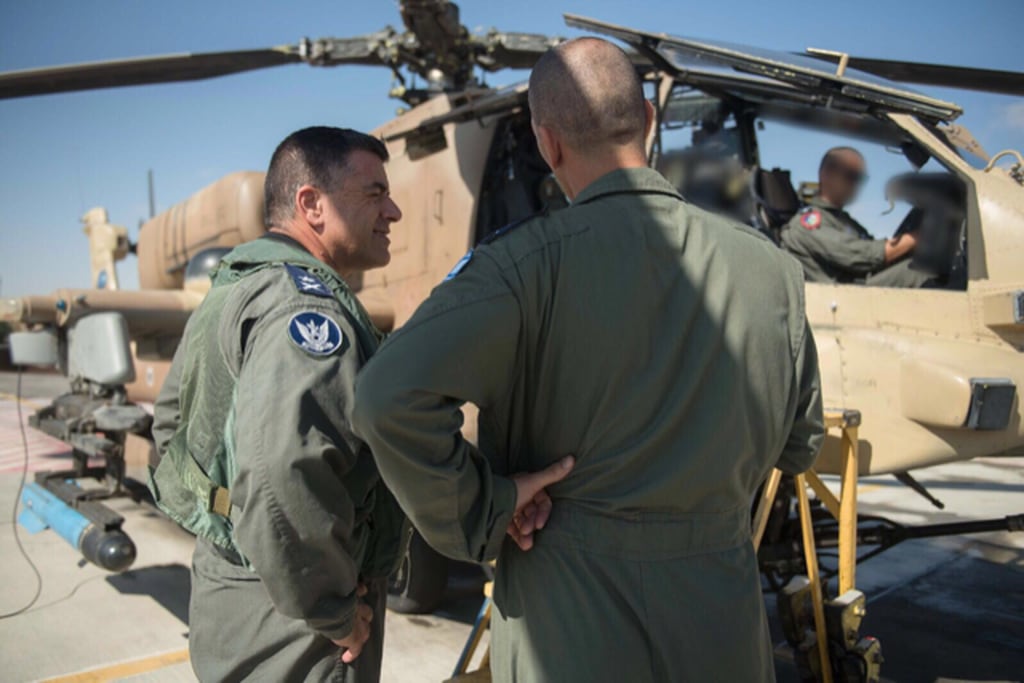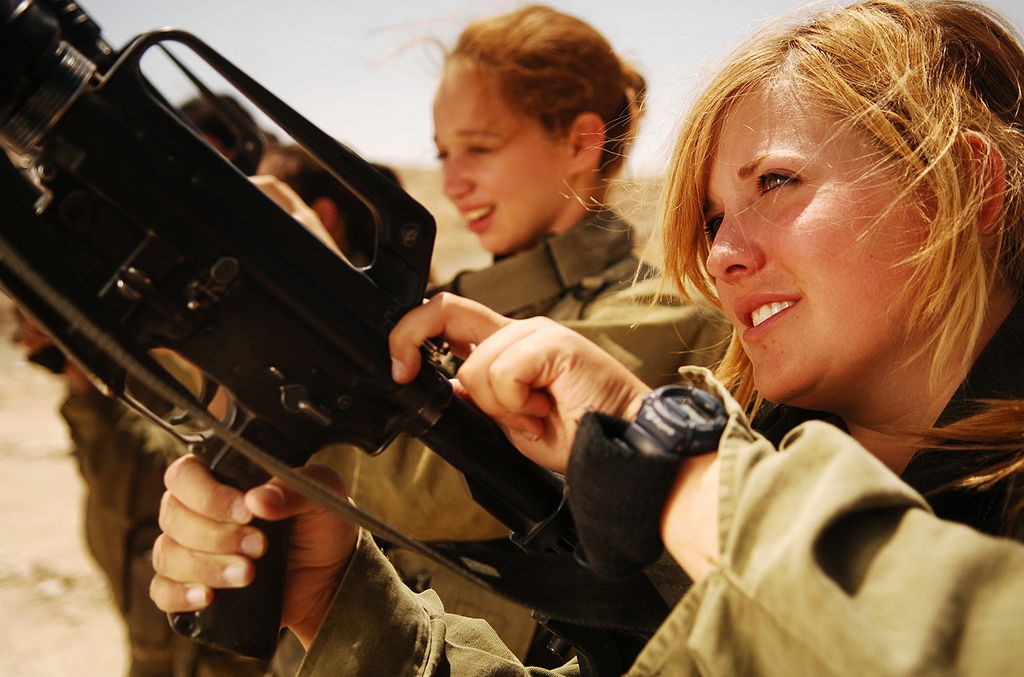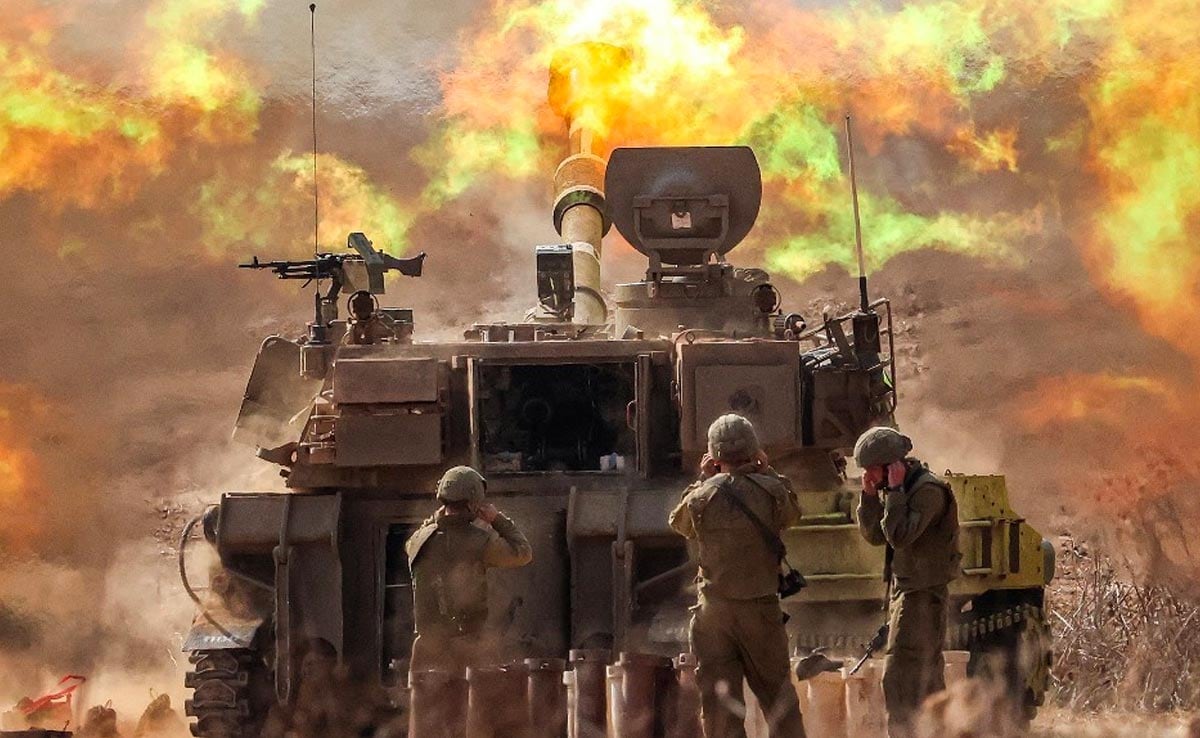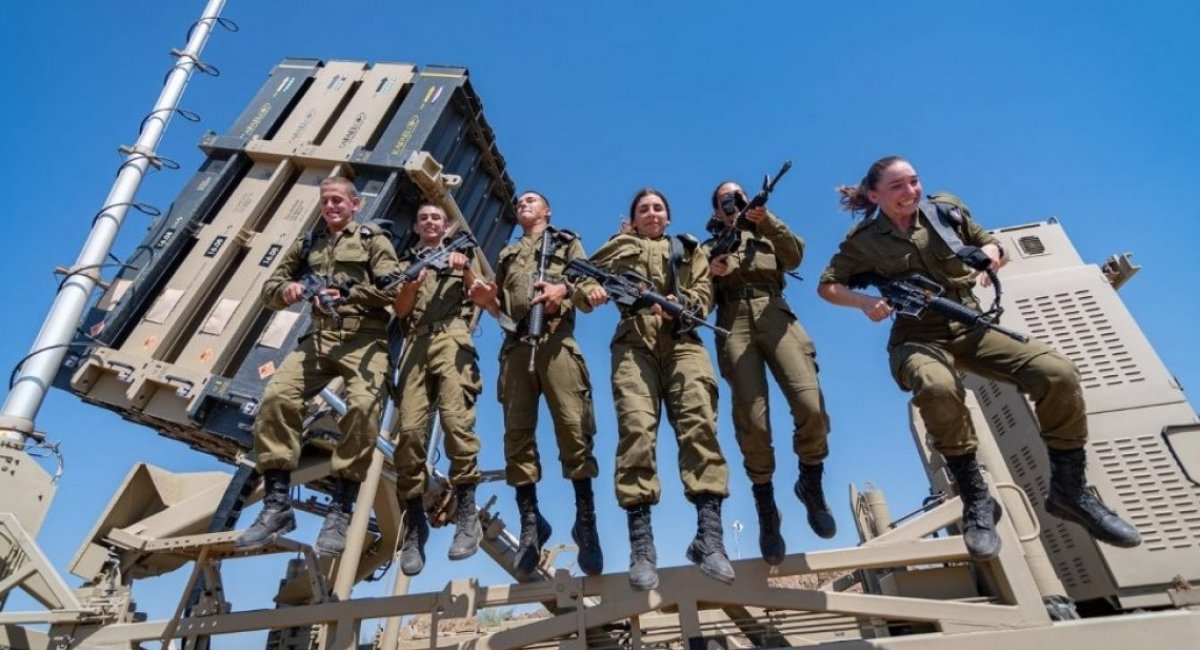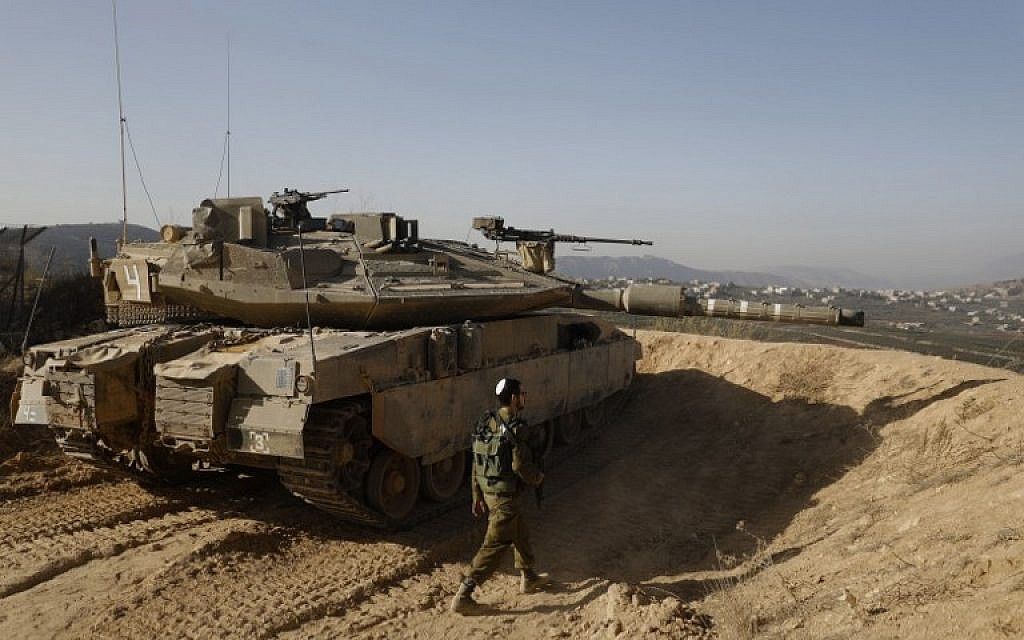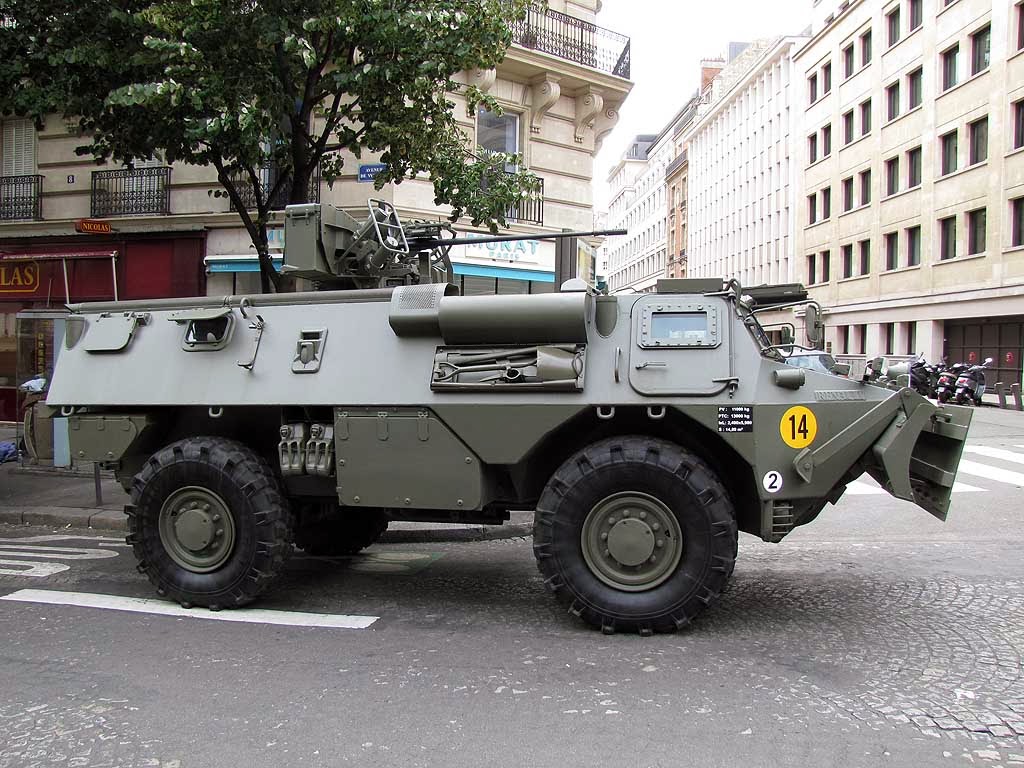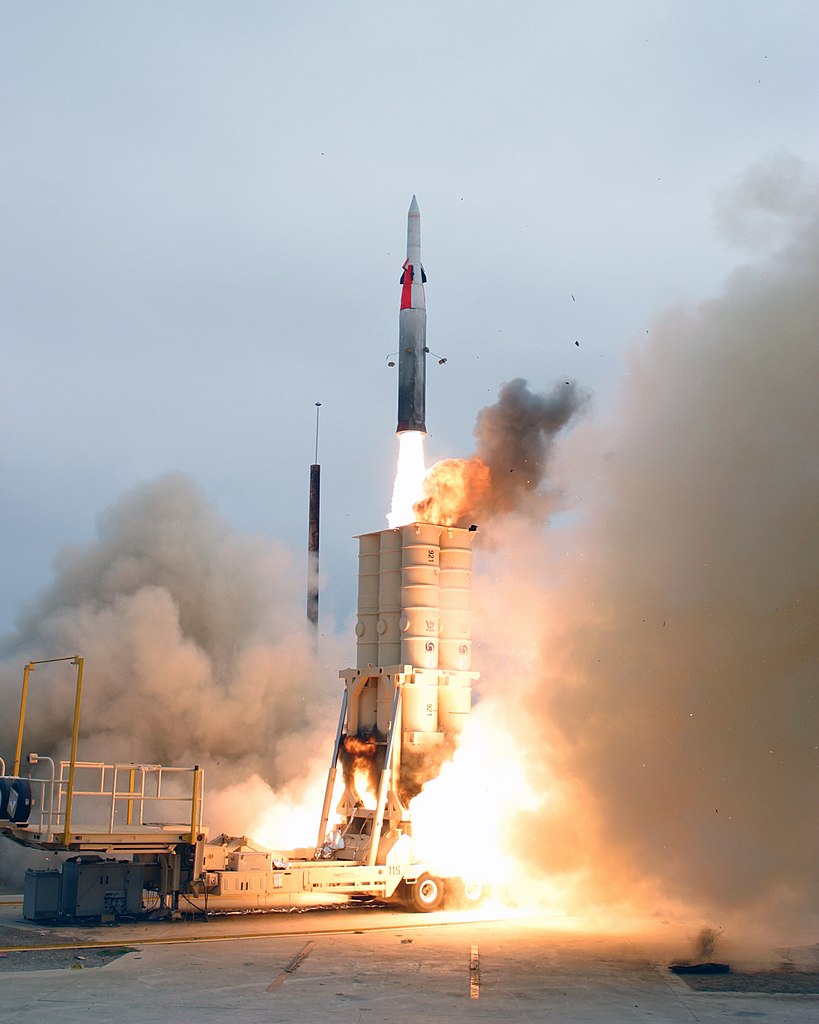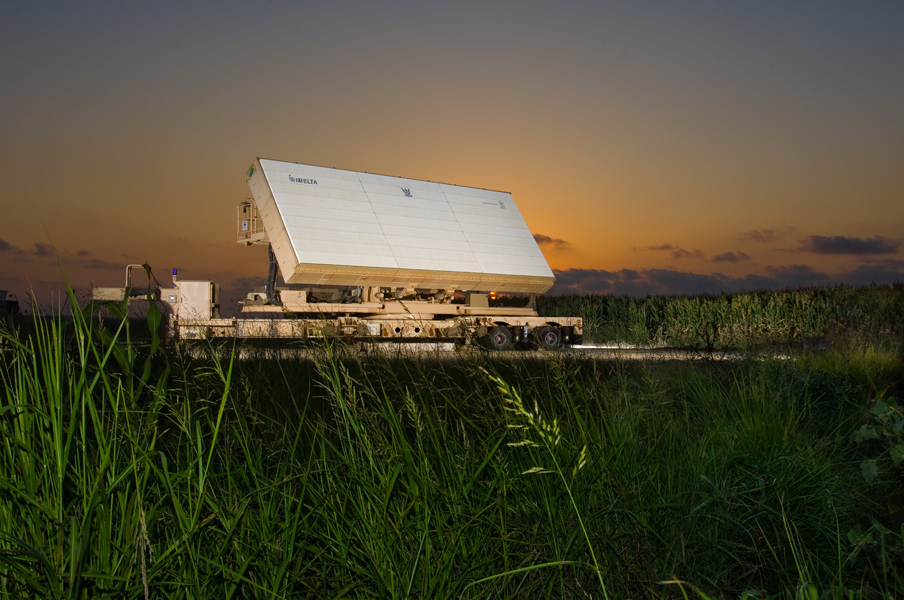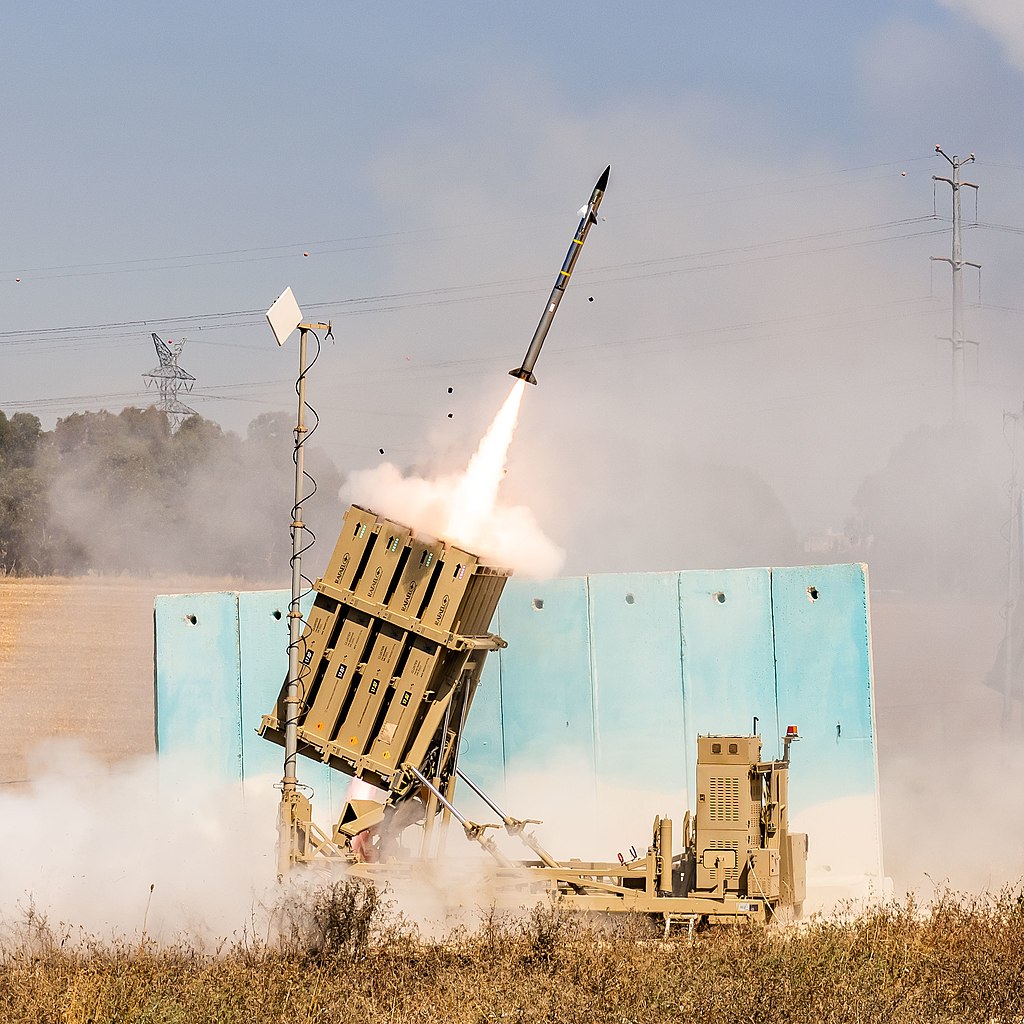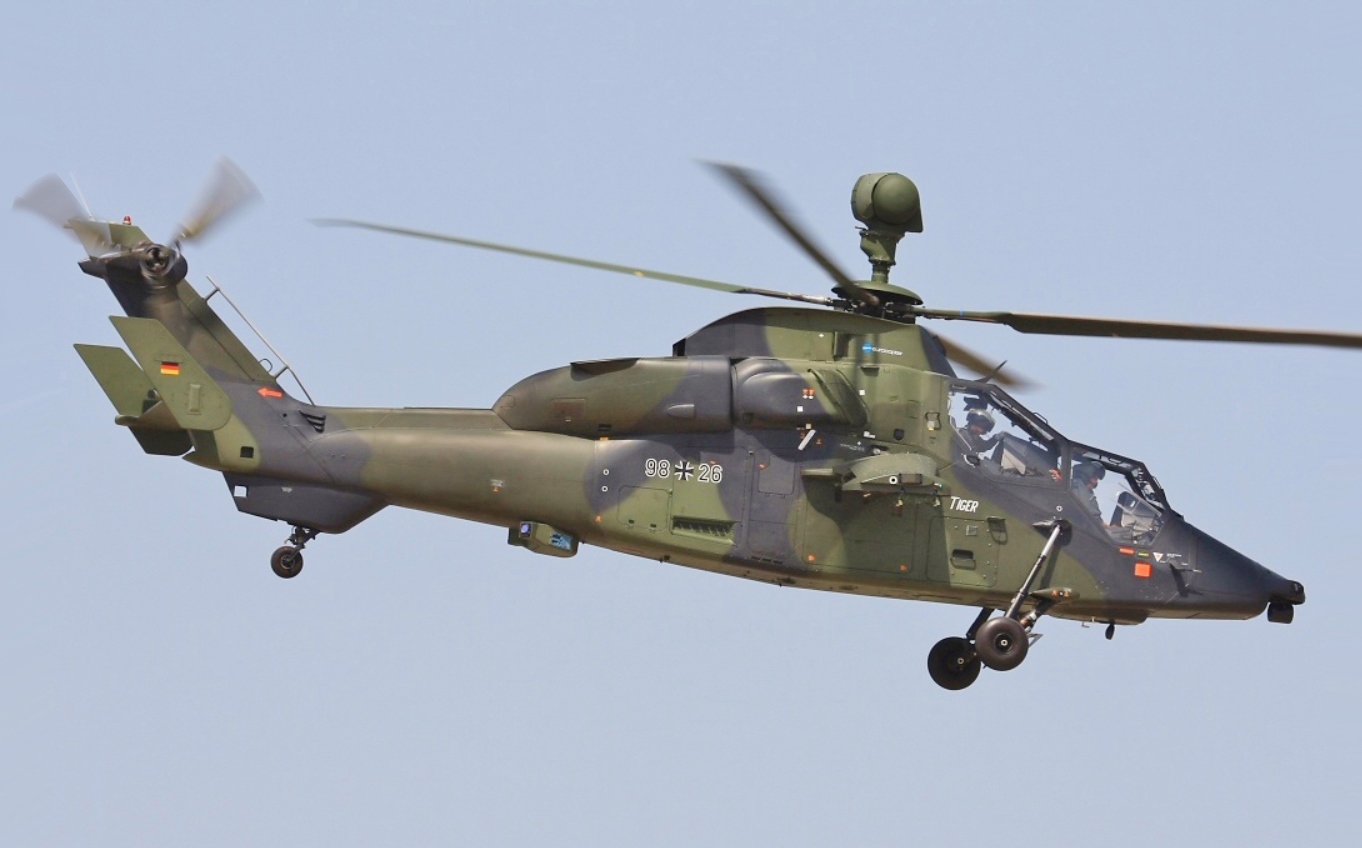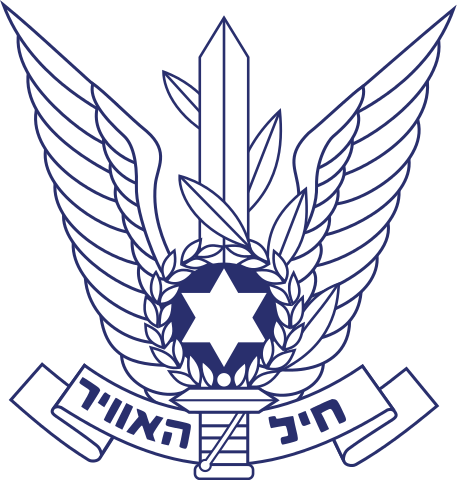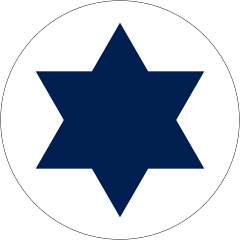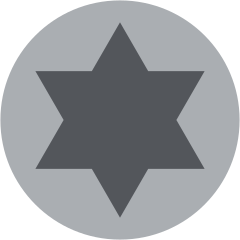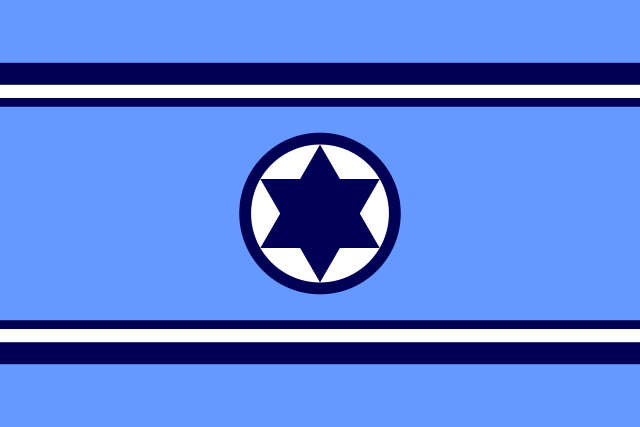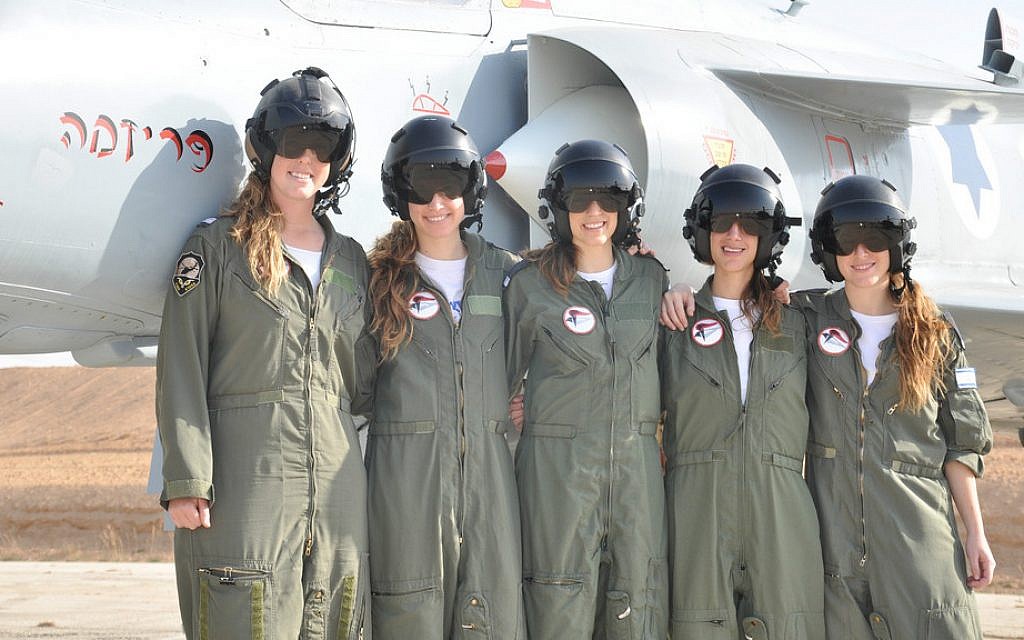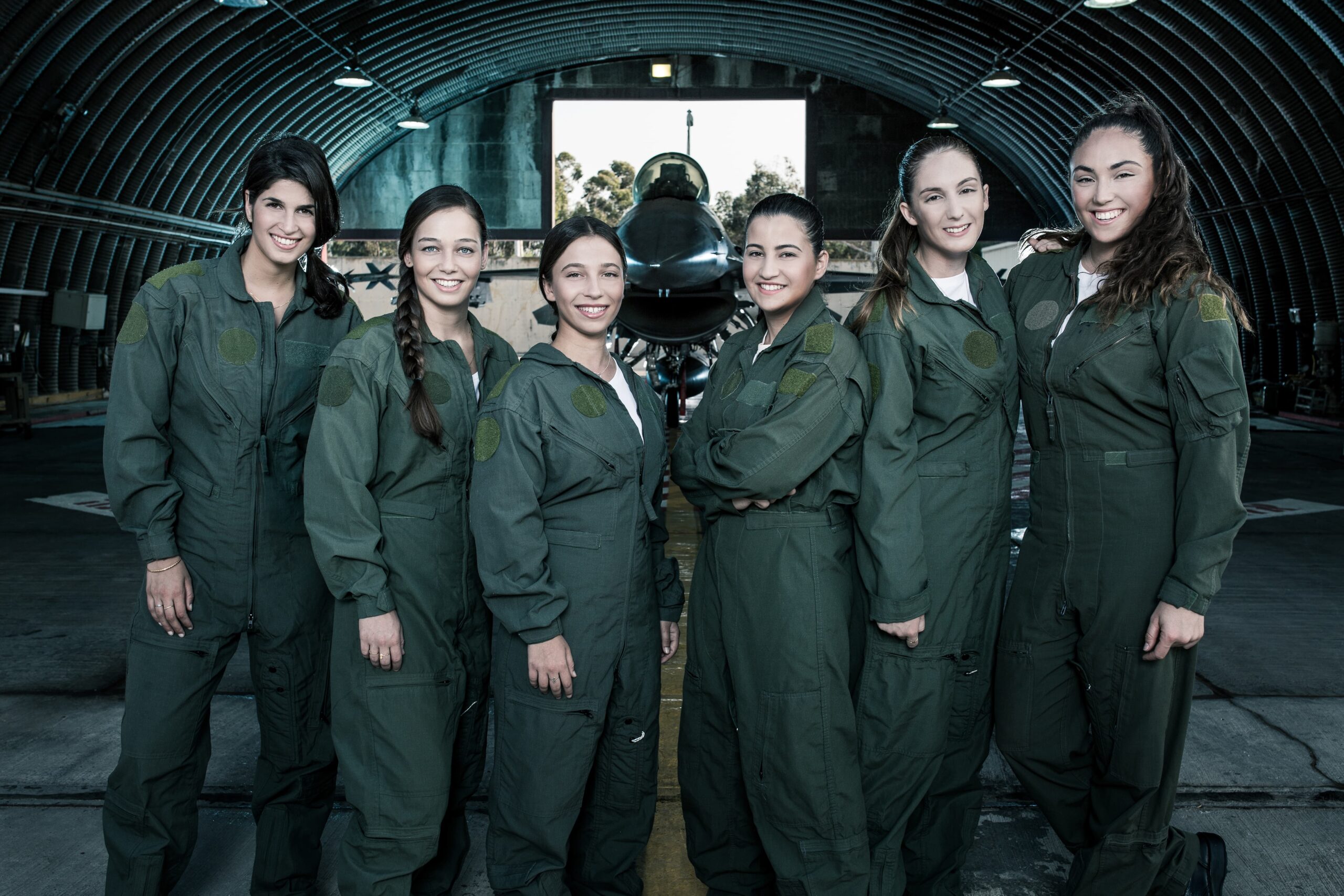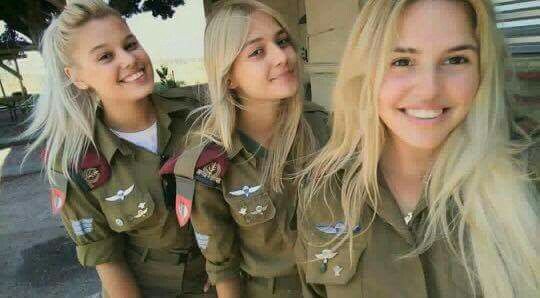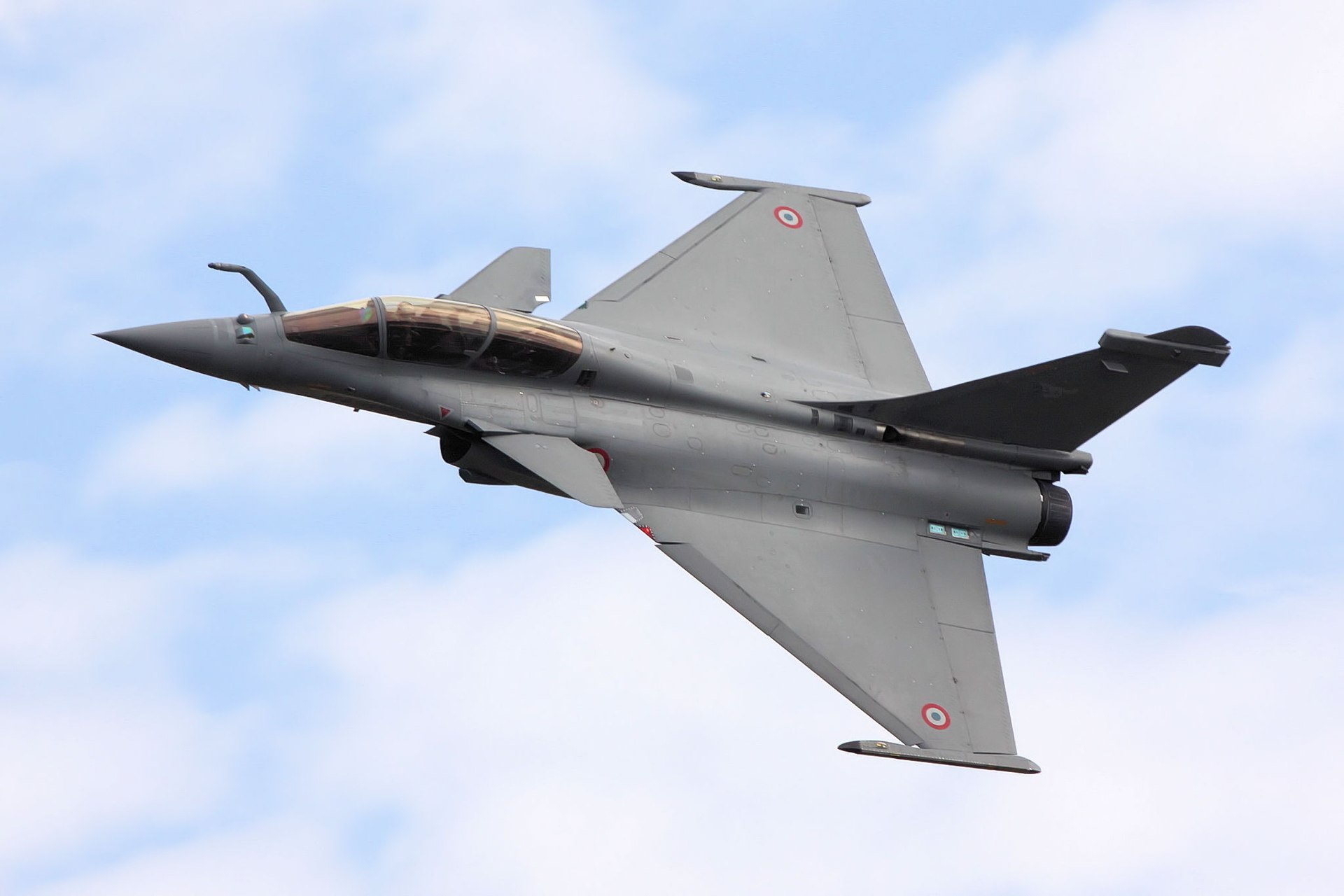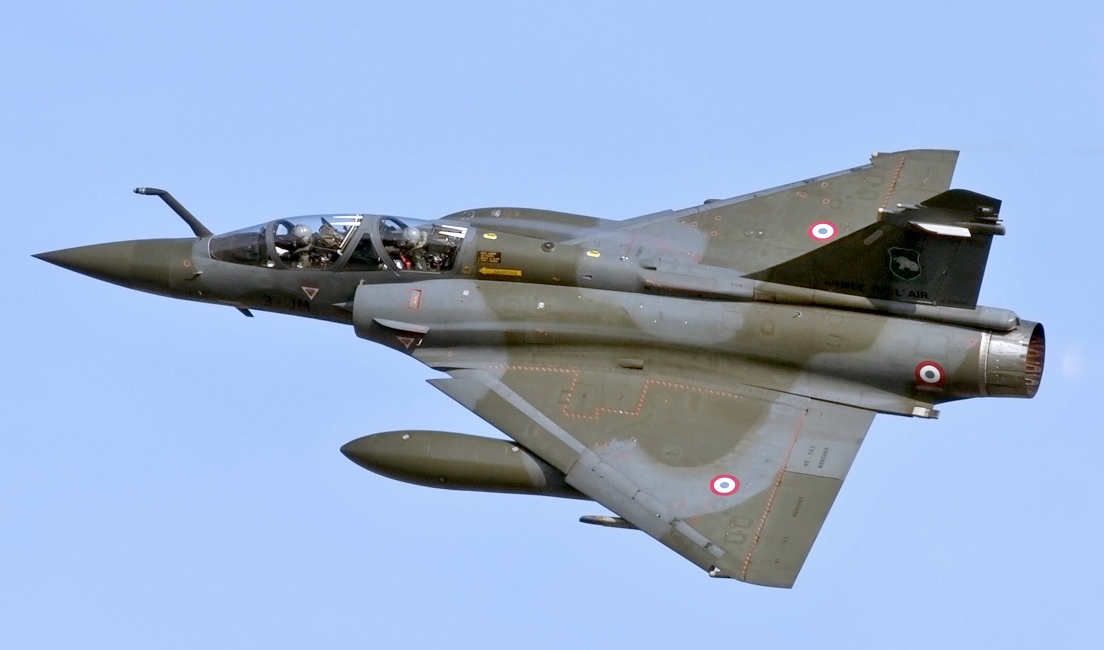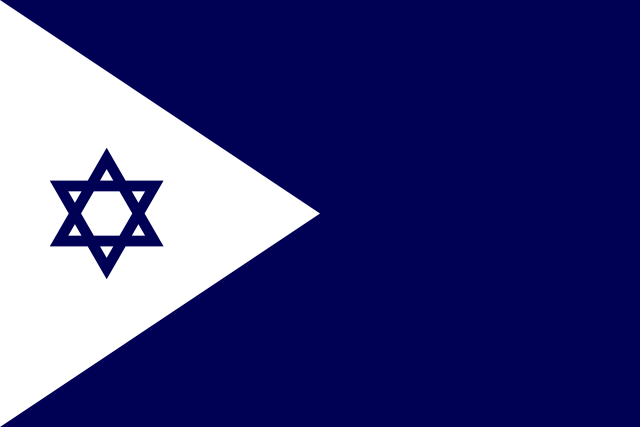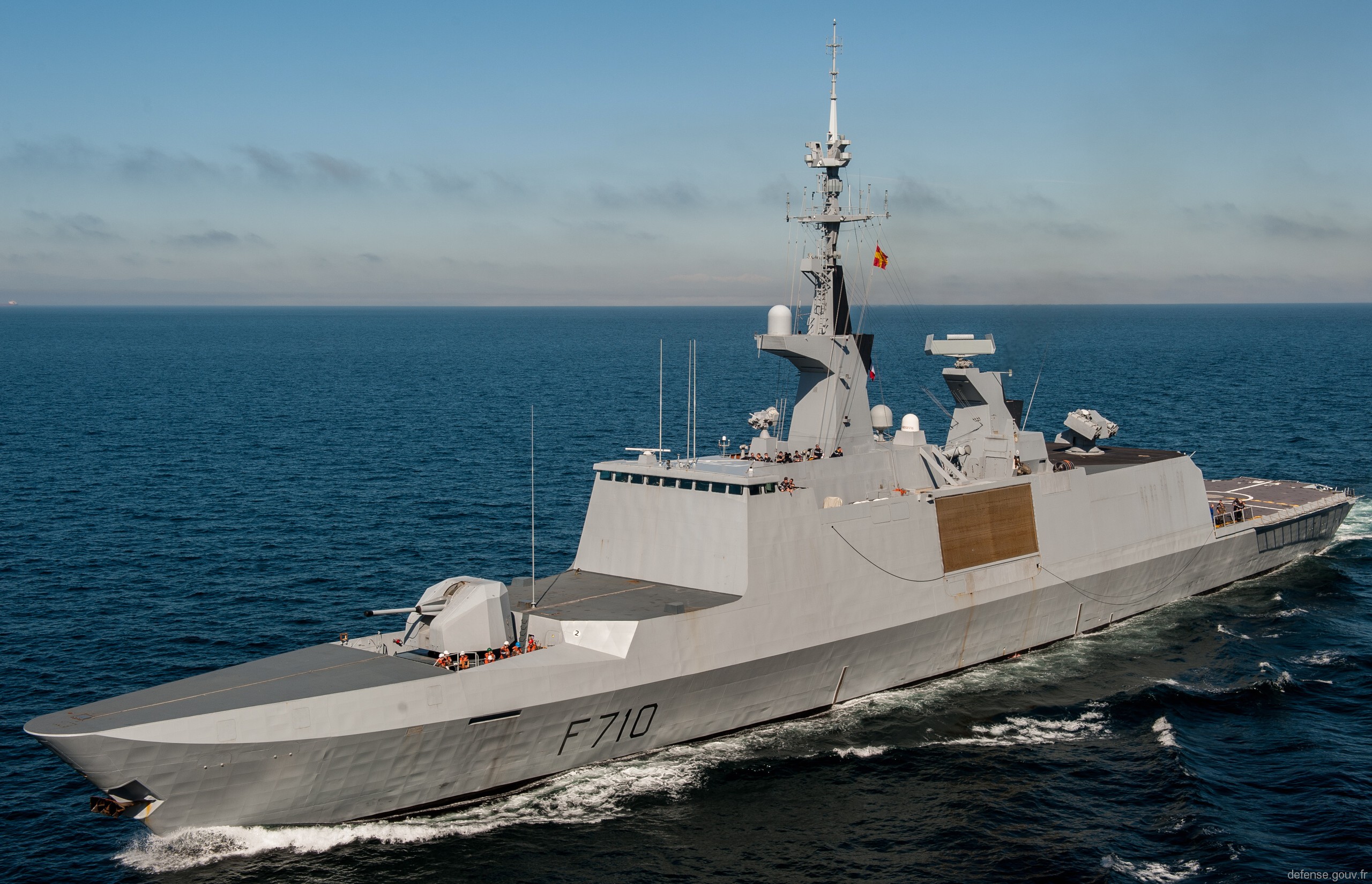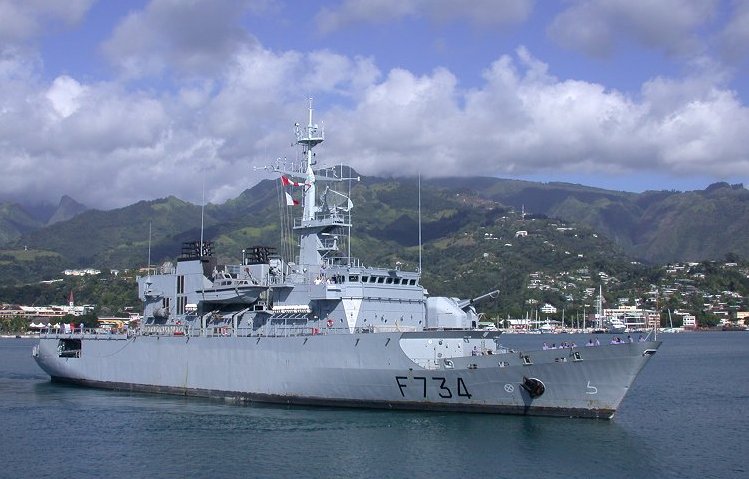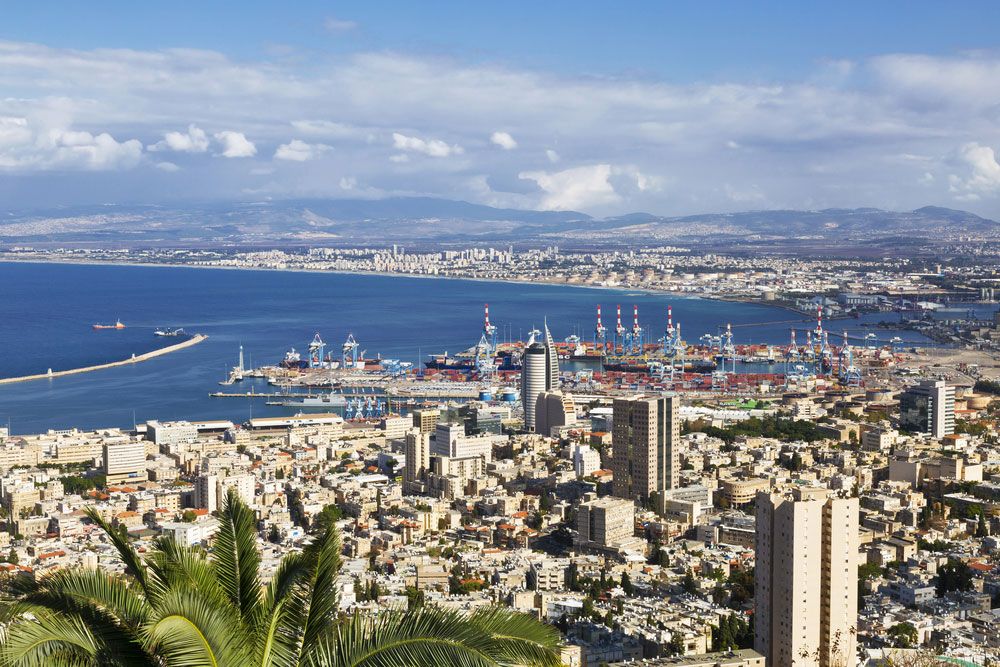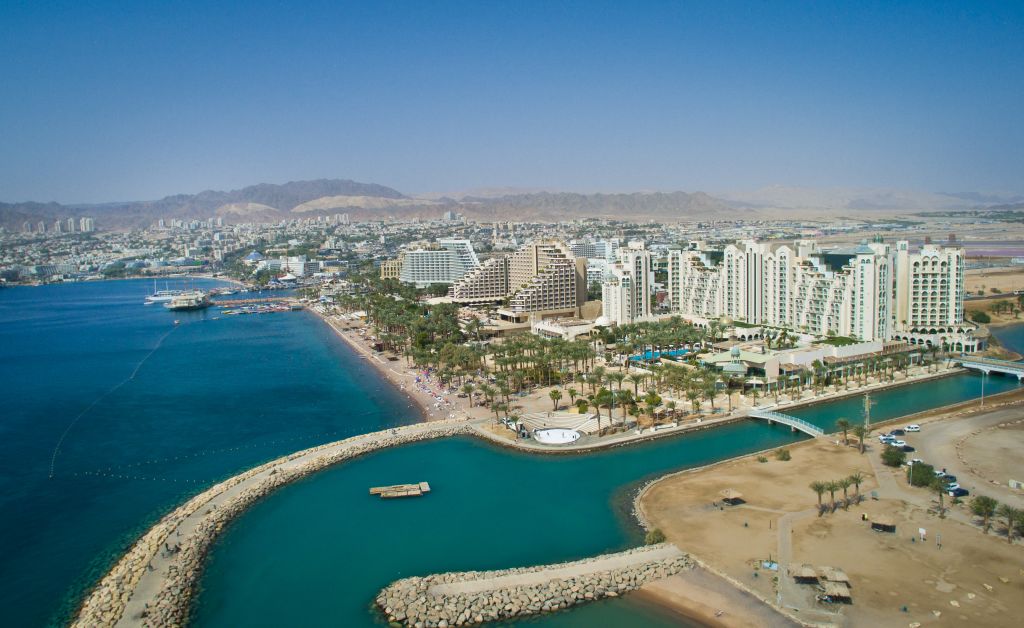Judea
Newcomer
- Oct 8, 2023
- 103
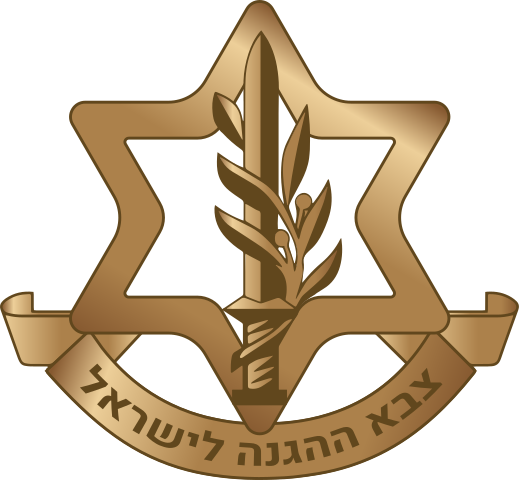
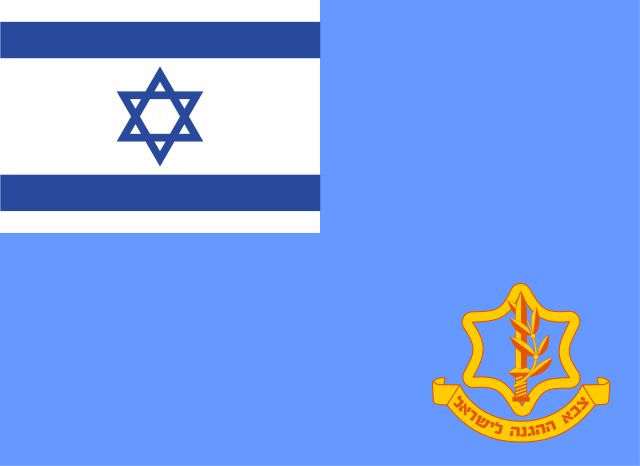
צְבָא הַהֲגָנָה לְיִשְׂרָאֵל
Israel Defense Forces
Historical Background: The IDF was officially established on May 26, 1948, shortly after the declaration of the State of Israel. Its formation marked a critical moment in Israeli history, as it replaced various pre-state militias and defense forces. David Ben-Gurion, Israel's first Prime Minister, played a key role in unifying these disparate groups into a single military organization.
Leadership:
- Chief of the General Staff: The Chief of the General Staff is the highest-ranking military officer in the IDF and serves as the principal military advisor to the Israeli government. This position is typically held by a lieutenant general or the equivalent. The Chief of the General Staff is responsible for overall strategic planning, military policy, and the operational readiness of the IDF.
- Ministry of Defense: The Minister of Defense is a civilian political leader who oversees the IDF and sets defense policy. The Minister of Defense is usually a member of the Israeli government and works in conjunction with the Chief of the General Staff.
- Joint Staff: The Joint Staff is composed of high-ranking officers who assist the Chief of the General Staff in decision-making and planning. This includes the heads of the three main branches and various other senior officers.
- Minister of Defense: Minister Emily Goldstein
- Chief of the General Staff: General Avi Cohen
- Deputy Chief of the General Staff: Lieutenant General Talia Ben-Ami
- Head of Ground Forces: General David Erez
- Head of Air Force: General Shira Levi
- Head of Navy: Admiral Yonatan Stern
- Head of Intelligence Directorate: Major General Maya Cohen
- Head of Operations Directorate: Brigadier General Eitan Weiss
- Head of Logistics Directorate: Major General Liat Barak
- Head of Planning Directorate: Brigadier General Elad Ben-Shimon
- Special Advisor for Cybersecurity: Colonel Amir Gershon
Organization:
- General Staff: The General Staff is responsible for the overall command and control of the IDF. It is composed of several directorates, each of which has specific functions, such as strategic planning, intelligence, logistics, and operations. The General Staff is also in charge of the regional commands.
- Branches:
- Ground Forces: The ground forces include infantry, armored units, artillery, and specialized combat units. They are responsible for operations on land and the protection of Israel's borders.
- Air Force: The Air Force is responsible for aerial defense, air-to-air and air-to-ground combat, intelligence, surveillance, and reconnaissance. It plays a key role in defending Israeli airspace.
- Navy: The Navy is responsible for maritime defense, naval warfare, coastal security, and protecting Israel's exclusive economic zone in the Mediterranean Sea.
- Regional Commands: Israel is divided into several regional commands, each responsible for a specific geographic area. These include Northern Command, Central Command, Southern Command, and Home Front Command. Each regional command has its own operational units and is responsible for regional security.
- Reserves: The IDF maintains a large reserve force, consisting of former conscripts and career soldiers who can be called up for active duty during times of crisis or war. Reserve service is a vital component of the IDF's readiness and defense capabilities.
- Intelligence Branch (Aman): The Intelligence Branch of the IDF is responsible for collecting, analyzing, and disseminating intelligence related to national security. It is a crucial element in decision-making and operational planning.
- Special Forces: The IDF has several elite special forces units, including Sayeret Matkal, Shayetet 13, Maglan, Duvdevan, and more. These units specialize in covert operations, counterterrorism, and intelligence gathering.
Mandatory Service: As previously mentioned, Israel has a system of mandatory military service, which significantly contributes to the organizational structure of the IDF.
The IDF is a highly organized and efficient military force with a clear chain of command and well-defined responsibilities for its various branches and units. The leadership and organization of the IDF are designed to address the complex security challenges and geopolitical environment in which Israel operates.



